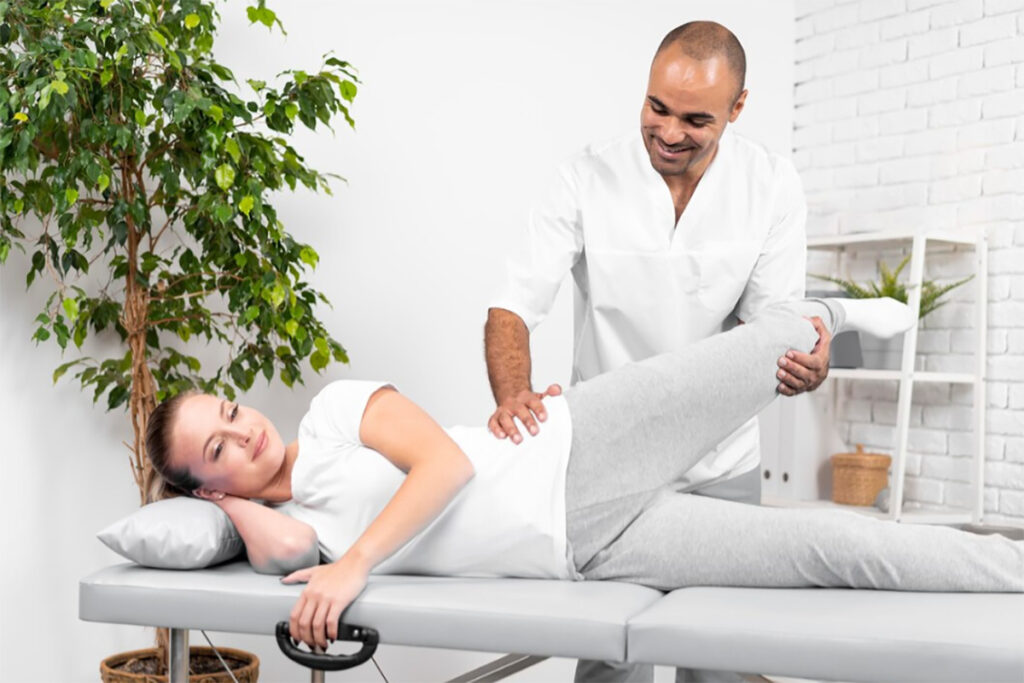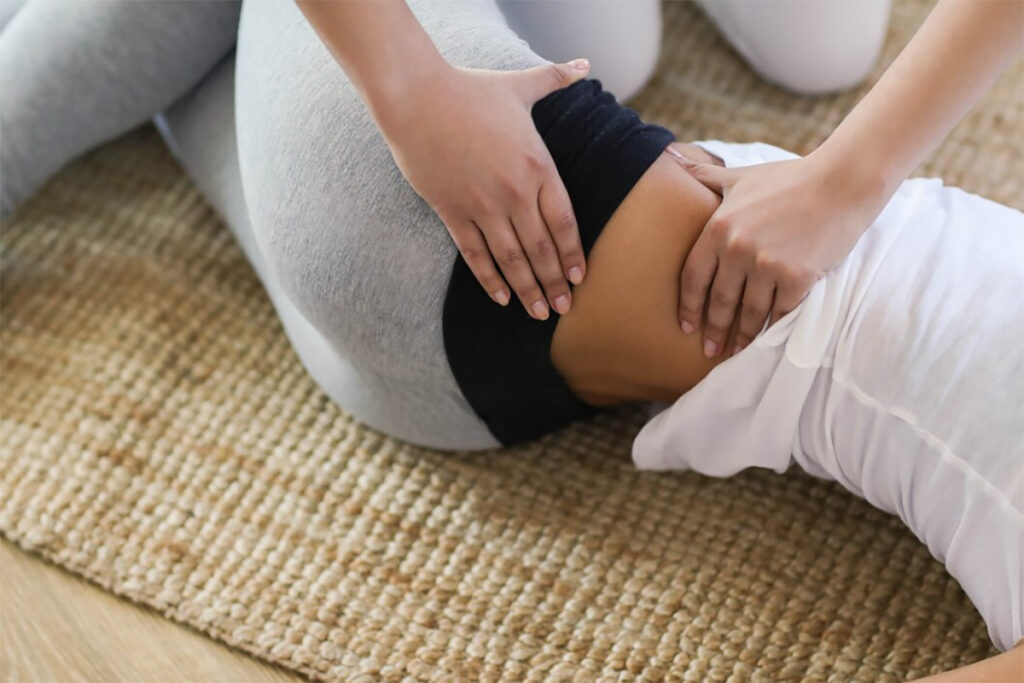Navigating the complexities of pelvic floor health can often leave individuals uncertain about the best course of action for their specific conditions. Whether the issue lies in the need for relaxation through pelvic floor massage or strengthening through targeted exercises, understanding the nuances of pelvic health is crucial. For those considering Tulsa pelvic floor therapy, this blog aims to shed light on making the right choice between relaxation and strengthening of the pelvic floor.
Understanding Your Pelvic Floor Needs
The pelvic floor is a complex structure of muscles supporting the pelvic organs. Issues with the pelvic floor can lead to a variety of symptoms, including urinary incontinence, pelvic pain, and discomfort during sexual activities. The root cause of these issues often dictates whether relaxation or strengthening is needed.
The Case for Pelvic Floor Massage

Pelvic floor massage focuses on relaxing tight, hypertonic muscles, which can be beneficial for those experiencing:
- Chronic Pelvic Pain: Chronic pain, including conditions like vaginismus or generalized pelvic floor tension, can significantly impact daily living. Vaginismus, characterized by involuntary spasms of the pelvic floor muscles that surround the vagina, can make intercourse, tampon insertion, or gynecological exams extremely painful. Generalized pelvic floor tension, where muscles remain contracted, leading to a state of chronic hypertonicity, can cause ongoing discomfort and pain that radiates beyond the pelvic area. Pelvic floor massage aims to address these issues directly by employing techniques designed to relax these tight muscles, thereby alleviating pain. Through gentle, therapeutic touch, pelvic floor massage can increase blood flow, reduce muscle tension, and promote healing within the pelvic region.
- Painful Sexual Intercourse: Discomfort or pain during sexual intercourse, medically referred to as dyspareunia, is often a result of tight pelvic floor muscles. This tightness can make penetration difficult and uncomfortable, affecting sexual relationships and overall quality of life. Pelvic floor massage provides a targeted approach to relax these muscles, enhancing flexibility and reducing pain. By addressing the root cause of the discomfort, this therapy can significantly improve sexual health, making intercourse more enjoyable and pain-free.
- Overactive Bladder Symptoms: An overactive bladder is characterized by a frequent urge to urinate, sometimes leading to involuntary loss of urine. This condition can be exacerbated by tight pelvic floor muscles, as their constant state of tension can interfere with the normal function of the bladder. Pelvic floor massage helps by employing relaxation techniques that encourage these muscles to release, thereby improving bladder control and reducing symptoms of urgency and frequency.
The Need for Pelvic Floor Strengthening
On the other hand, strengthening the pelvic floor through specific pelvic floor exercises may be necessary for conditions such as:
- Urinary Incontinence: Weak pelvic floor muscles are a common culprit behind stress and urge incontinence. Stress incontinence, the involuntary leakage of urine during physical activity, coughing, sneezing, or laughing, and urge incontinence, a sudden and intense need to urinate followed by involuntary leakage, can both be mitigated through targeted pelvic floor exercises. These exercises, often referred to as Kegels, strengthen the muscles that support the bladder and urethra, improving bladder control and reducing the frequency of incontinence episodes.
- Pelvic Organ Prolapse: Pelvic organ prolapse occurs when pelvic organs, such as the bladder, uterus, or rectum, descend into or out of the vaginal canal due to weak pelvic floor muscles. This condition can cause discomfort, a feeling of heaviness or pulling in the pelvis, and urinary and bowel dysfunction. Strengthening exercises can provide the necessary support to lift and hold the pelvic organs in their proper place, potentially alleviating symptoms of prolapse. By improving muscle tone and endurance, these exercises form a critical component of a prolapse management plan.
- Postpartum Recovery: The process of childbirth can stretch and weaken the pelvic floor muscles, leading to a range of postpartum symptoms, including incontinence, pelvic pain, and prolapse. Focusing on rebuilding the strength of the pelvic floor through specific exercises is crucial for recovery and long-term pelvic health. These exercises not only aid in restoring muscle function and support but also help in tightening and toning the pelvic floor post-delivery, reducing the risk of long-term complications.
Making the Right Choice
Deciding between pelvic floor massage and strengthening exercises should be based on a thorough assessment of your symptoms and underlying conditions. Consulting with a pelvic floor specialist is the best way to determine the appropriate approach for your pelvic health. Vitality Tulsa offers a comprehensive pelvic health program designed to address a wide range of pelvic floor issues, providing personalized treatment plans that include both relaxation and strengthening strategies as needed.
Conclusion
Whether your pelvic floor requires relaxation through massage or strengthening through exercises, understanding your body’s needs is the first step toward improved pelvic health. For those in Tulsa, Vitality Tulsa’s pelvic floor therapy services offer a pathway to relief and recovery, guided by experienced professionals. If you’re experiencing symptoms of pelvic floor dysfunction, consider reaching out to Vitality Tulsa for a no strings attached phone call with a pelvic floor specialist to see if we are a good fit for your situation.

